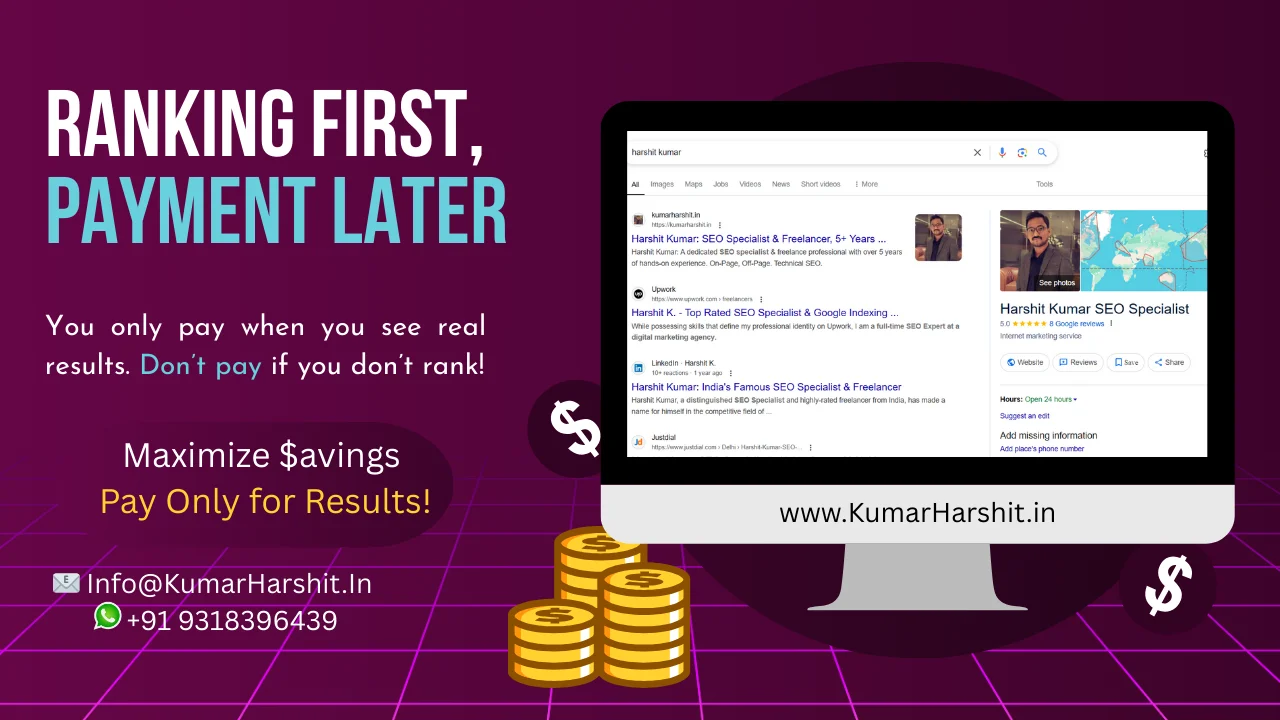Google’s indexing process is crucial for your website’s visibility in search engine results. Indexing is the process through which Googlebot, Google’s web crawler, discovers and adds web pages to Google’s database. When Googlebot visits your site, it scans your content, analyzes its relevance, and stores the information in the index. This Index Website On Google is then used to retrieve and display search results for users. Understanding how this process works is the first step toward improving your website’s indexing rate.
Several factors influence how efficiently your website is indexed. The structure of your site, the quality of your content, and the frequency of updates all play a role. A well-structured website with clear navigation helps Googlebot crawl and index your pages more effectively. Regularly updated content signals to Google that your site is active and relevant, which can enhance indexing speed and frequency.
Optimizing Site Structure for Better Indexing
A clean, organized site structure is essential for efficient Index Website On Google. Use a clear hierarchy in your navigation, with well-defined categories and subcategories. This structure helps Googlebot understand the relationship between different pages and ensures that important content is easily accessible. A logical site structure also improves user experience, which can indirectly benefit your indexing rate.
In addition to a clear hierarchy, implement internal linking to guide Googlebot through your site. Internal links connect related content and distribute link equity throughout your site. This practice not only helps with indexing but also improves the visibility of your important pages. Ensure that internal links are relevant and use descriptive anchor text to provide context for both users and search engines.
Creating XML Sitemaps and Submitting to Google
An XML sitemap is a crucial tool for improving your website’s indexing rate. This file provides Googlebot with a roadmap of your site’s pages, making it easier for the crawler to discover and index your content. An XML sitemap lists all the important URLs on your site, along with additional metadata such as the last modification date and the frequency of updates. This information helps Googlebot prioritize and schedule crawls more effectively.
After creating your XML sitemap, submit it to Google Search Console. This submission ensures that Google is aware of your sitemap and can use it to guide its crawling and indexing processes. Regularly update your sitemap as you add or remove pages from your site to keep Googlebot informed about the latest changes. Monitoring the performance of your sitemap in Google Search Console can also provide insights into indexing issues and opportunities for improvement.
Enhancing Page Load Speed for Faster Indexing
Page load speed is a critical factor in how quickly Googlebot indexes your website. Faster-loading pages are more likely to be crawled and indexed promptly compared to slower ones. Google considers page speed a ranking factor, and improving it can lead to better indexing rates and overall SEO performance. Optimize your site’s performance by compressing images, leveraging browser caching, and minimizing HTTP requests.
Utilize tools like Google PageSpeed Insights to analyze your website’s load times and identify areas for improvement. This tool provides actionable recommendations to enhance speed, such as optimizing images and reducing render-blocking resources. By addressing these issues, you not only improve user experience but also increase the likelihood that Googlebot will index your pages more efficiently.
Avoiding Common Indexing Issues
Several common issues can hinder your Index Website On Google. Duplicate content is one such problem, where multiple pages with similar or identical content can confuse Googlebot and lead to indexing problems. Use canonical tags to indicate the preferred version of a page and avoid creating duplicate content in the first place by carefully managing your content creation and distribution.
Another issue to watch for is blocked resources. If your site’s robots.txt file or meta tags block Googlebot from accessing certain resources, such as CSS or JavaScript files, it can affect how your pages are rendered and indexed. Ensure that your robots.txt file is properly configured and that important resources are not inadvertently blocked. Regularly audit your site for these and other potential indexing issues to maintain optimal performance.



